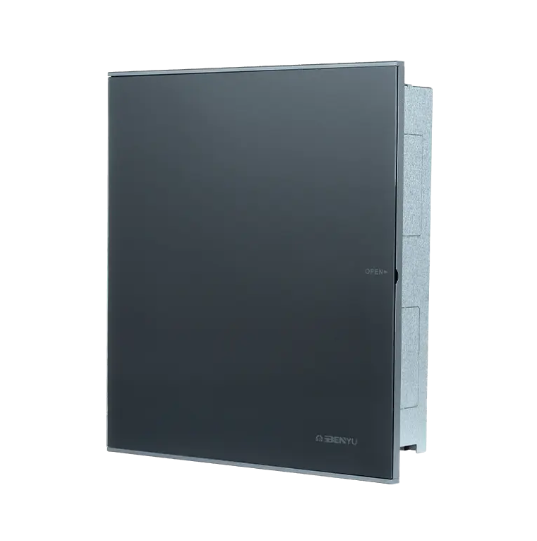A manifold cabinet plays a functional role in modern fluid distribution systems. It serves as a centralized location for organizing, connecting, and monitoring multiple flow lines, whether in HVAC systems, radiant heating, or industrial liquid applications. Housing all the key components in one accessible enclosure improves operational convenience and system visibility.
These cabinets are typically installed to enclose and protect the manifold, which acts as the core point for controlling individual branches. By isolating zones within the system, the manifold cabinet allows for greater flexibility and adjustment without disrupting the overall operation. For instance, each outlet on the manifold can be regulated or shut off independently, simplifying maintenance or system balancing.
One advantage of using a manifold cabinet is the way it contributes to neater installations. All valves, connections, and tubing can be routed through a structured layout, reducing clutter and minimizing the chance of cross-connection errors. Some designs feature lockable doors or recessed frames to enhance security and fit seamlessly into wall spaces.
In building automation, a manifold cabinet allows technicians to quickly inspect flow levels or pressure readings. Transparent doors or indicator windows provide at-a-glance monitoring. When integrated with smart sensors, these cabinets can also serve as nodes for remote diagnostics and control.
Materials used for manifold cabinets often include powder-coated steel or durable thermoplastics, offering resistance to corrosion and moisture. Their compact footprint makes them suitable for both residential and commercial settings, particularly where system accessibility and space utilization are important.
Whether installed in a mechanical room or embedded within a wall, the manifold cabinet improves organization and system efficiency. As energy systems and plumbing configurations grow more complex, having a centralized enclosure simplifies interactions and maintenance tasks, supporting long-term reliability.
